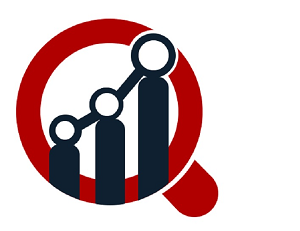Third-Party Logistics (3PL) Industry Analysis: Emerging Trends and Innovations

The rapid expansion of e-commerce has fueled demand for Third-Party Logistics (3PL) services worldwide. Online shopping has transformed consumer behavior, emphasizing fast delivery, accurate order fulfillment, and hassle-free returns. As a result, businesses increasingly rely on 3PL providers to manage logistics operations efficiently while focusing on their core competencies, such as product development and marketing.
3PL providers offer a wide range of services tailored for e-commerce businesses. These include warehousing, pick-and-pack solutions, inventory management, order fulfillment, and last-mile delivery. By outsourcing these operations, companies reduce overhead costs, minimize errors, and ensure timely deliveries, enhancing the customer experience. Additionally, 3PL providers scale their services based on demand, enabling e-commerce businesses to manage seasonal peaks and sudden surges in orders effectively.
Globalization has further strengthened the link between e-commerce and 3PL. International online sales require cross-border shipping, customs clearance, and compliance management, all of which 3PL providers handle expertly. They ensure smooth delivery of goods across regions, helping businesses expand their customer base and tap into new markets without investing heavily in logistics infrastructure.
Data-driven operations are crucial for e-commerce logistics. Advanced tracking systems provide real-time visibility of orders, shipments, and inventory levels. This transparency allows businesses to proactively address delays, optimize routes, and manage stock efficiently. Predictive analytics further enables companies to forecast demand, preventing stockouts and overstock situations.
Sustainability is increasingly influencing e-commerce logistics. Consumers expect eco-friendly packaging and greener delivery options. 3PL providers are adopting strategies such as optimized delivery routes, energy-efficient warehouses, and recyclable packaging to meet these expectations. This not only reduces the environmental footprint but also strengthens brand loyalty among environmentally conscious customers.
In summary, e-commerce growth has become a major driver of the 3PL market. By providing scalable, technology-driven, and sustainable logistics solutions, 3PL providers enable businesses to meet consumer expectations, reduce costs, and expand globally. The partnership between e-commerce companies and 3PL providers is set to become even more critical as online retail continues to grow at an unprecedented pace.





